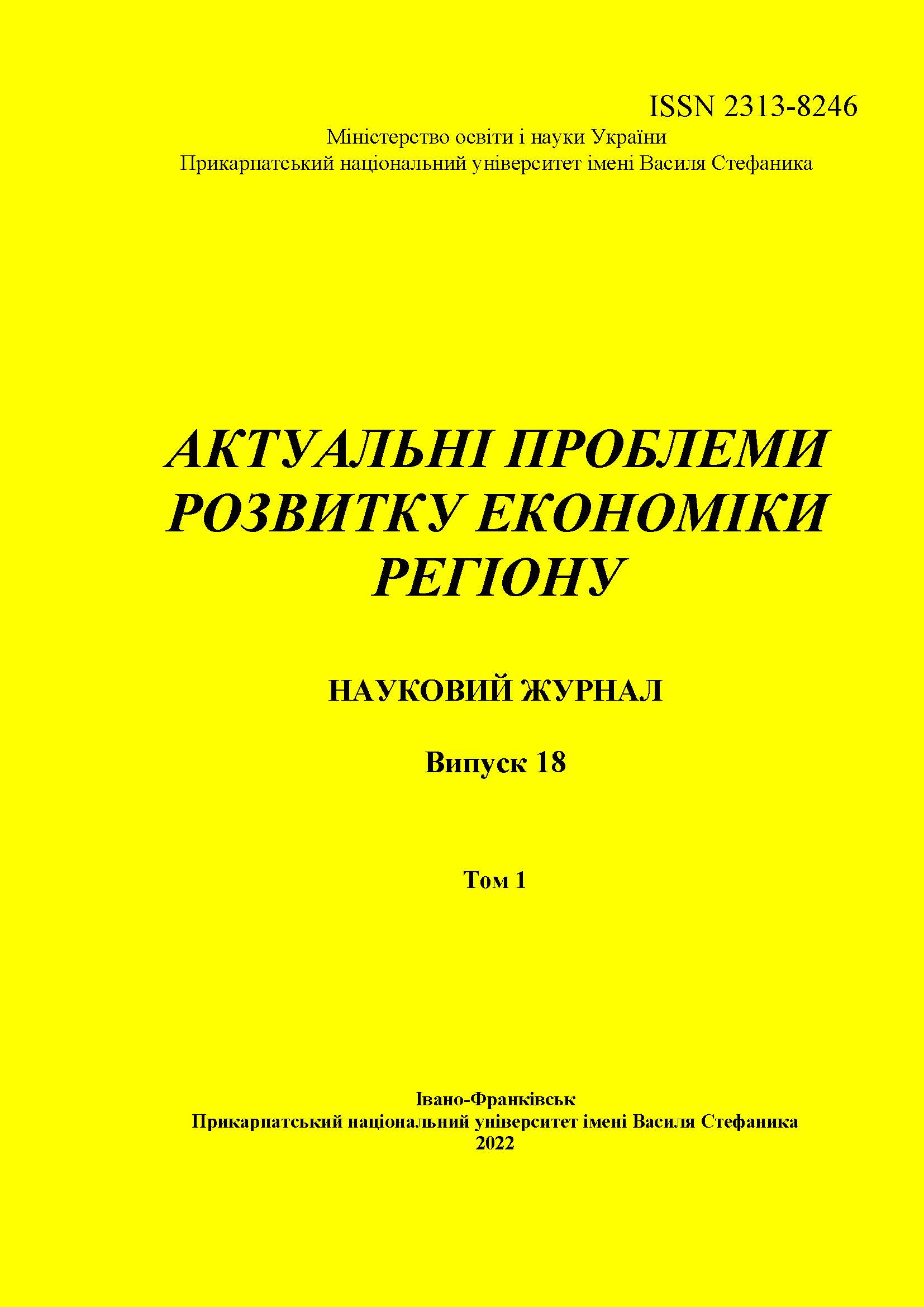INNOVATION AND THE CRISIS - THE CONTEXT OF COVID-19
DOI:
https://doi.org/10.15330/apred.1.18.199-210Keywords:
innovation, economic crisis, COVID-19, crisis in the global economyAbstract
The aim of the article was to present the relationship between the economic crisis and innovation. Research methods are mainly deductive method, analysis of the literature and common statistical methods.
In the first part of the study Author has been presented the essence of innovation proposed by various researchers, starting with J.A. Schumpeter. From the general assertion in economic theory that innovation is a combination of factors of production in a new way, it can be concluded, as Schumpeter did, that in the process of innovation there is a creative demolition of existing structures and the creation of new ones. Thus, the analysis of innovation at the level of structures takes into account the negative externalities of innovation: the economic aging of capital, the discontinuity and uncertainty of economic growth, and the intensification of competition as a result of innovation . This "creative destruction" affects both individuals and human teams and institutions, or at least parts of them, which in turn leads to the building of a new order. Many other authors have similarly approached innovations.
Among the many approaches to the essence of innovation, E. Okoń-Horodyńska's definition seems useful for further analysis, according to which "innovation is the process of transforming existing possibilities into new ideas and introducing them to practical application".
The analysis covered also the types of innovation and the methods to measure them. In the next part of the work, the phenomenon of the economic crisis and its consequences for global business, employment (unemployment) and inflation in context of COVID-19 have been discussed. In order to explain the current economic crisis, the primary source of which is undoubtedly the Covid 19 pandemic, elements of all these classifications and concepts explaining their causes may be useful. Thus, the current crisis is the result of random fluctuations, caused by random factors – the COVID 19 pandemic. (Recently, a new source of socio-political crisis phenomena has emerged – Russian aggression against Ukraine and the war associated with it.) These causes are undoubtedly exogenous, i.e. external to economies. Finally, the interactions between the economic crisis and innovation have been presented.
The main thesis of this study was that the current crisis has a global character and reveals numerous consequences for world economy and innovative activities of enterprises.
References
2. Frankowski, P., and B. Skubiak. “Innovation in economic theory and practice.” Studies and Works of the Faculty of Economics and Management, University of Szczecin, no. 30, 2020.
3. Global Economics Intelligence. Executive Summary, May 2021. London, McKinsey Institute, 2021, mckinsey.com/business-functions/strategy-and-corporate-finance/our-insight/global-economics-intelligence-executive-summary-may -2021. Accessed 10 Apr.2022.
4. Impact of the COVID-19 Pandemic on Trade and Development. Transitioning to a New Normal. Geneva, UNCTAD, United Nations, 2020.
5. Jantoń-Drozdowska, E. “ International business in the crisis caused by COVID-19.” In: Crisis as a determinant of economic innovations. The context of the COVID-19 pandemic, ed. R. Kamiński. Poznań, AMU Scientific Publishers, 2021.
6. Jantoń-Drozdowska, E. “ Fluctuations in the economic situation.” In: Introduction to macroeconomics, ed. E. Skawińska, K. Sobiech. Poznań, Poznań University of Technology Publishing House, 2010.
7. Kamiński, R. “The essence of innovation (definitions, determinants, types)”, In: Economic innovations. Selected economic and legal aspects, ed. R. Kamiński. Poznań: AMU Scientific Publishers, 2018.
8. Piotrowski, Sz. “Research and development activities during the crisis. Conclusions for the research policy in Poland.” In: Crisis as a determinant of economic innovations. The context of the COVID-19 pandemic, ed. R. Kamiński. Poznań, AMU Scientific Publishers, 2021.
9. Pomykalski, A. Innovations. Lodz, Lodz University of Technology Publishing House, 2001.
10. The Oslo Manual. Recommendations for the collection, presentation and use of innovation data. Warsaw, GUS, 2018.
11. Ringel, M., Baeza, R., Grassi, F., and R. Panadiker. Tomorrow's Innovation Leaders Are Made Today, BCG, www.bcg.com/publications/2020/six-moves-for-innovationn-during-recovery. Accessed 10 Apr. 2022.
12. Schumpeter, J. A. Capitalism, socialism, democracy. Warsaw, Polish Scientific Publishers PWN, 1995.
13. Trade and Development Report 2020, From Global Pandemic to Prosperity for All. Avoiding Another Lost Decade.New York, UNCTAD, 2020, unctad.org/system/files-document/os2020d1_en.pdf. Accessed 10 Apr. 2022.
Downloads
Published
How to Cite
Issue
Section
License
- Authors retain copyright and grant the journal right of first publication with the work simultaneously licensed under a Creative Commons Attribution NonCommercial NoDerivs 4.0 Unported License that allows others to share the work with an acknowledgement of the work's authorship and initial publication in this journal.
- Authors are able to enter into separate, additional contractual arrangements for the non-exclusive distribution of the journal's published version of the work (e.g., post it to an institutional repository or publish it in a book), with an acknowledgement of its initial publication in this journal.
- Authors are permitted and encouraged to post their work online (e.g., in institutional repositories or on their website) prior to and during the submission process, as it can lead to productive exchanges, as well as earlier and greater citation of published work (See The Effect of Open Access)


